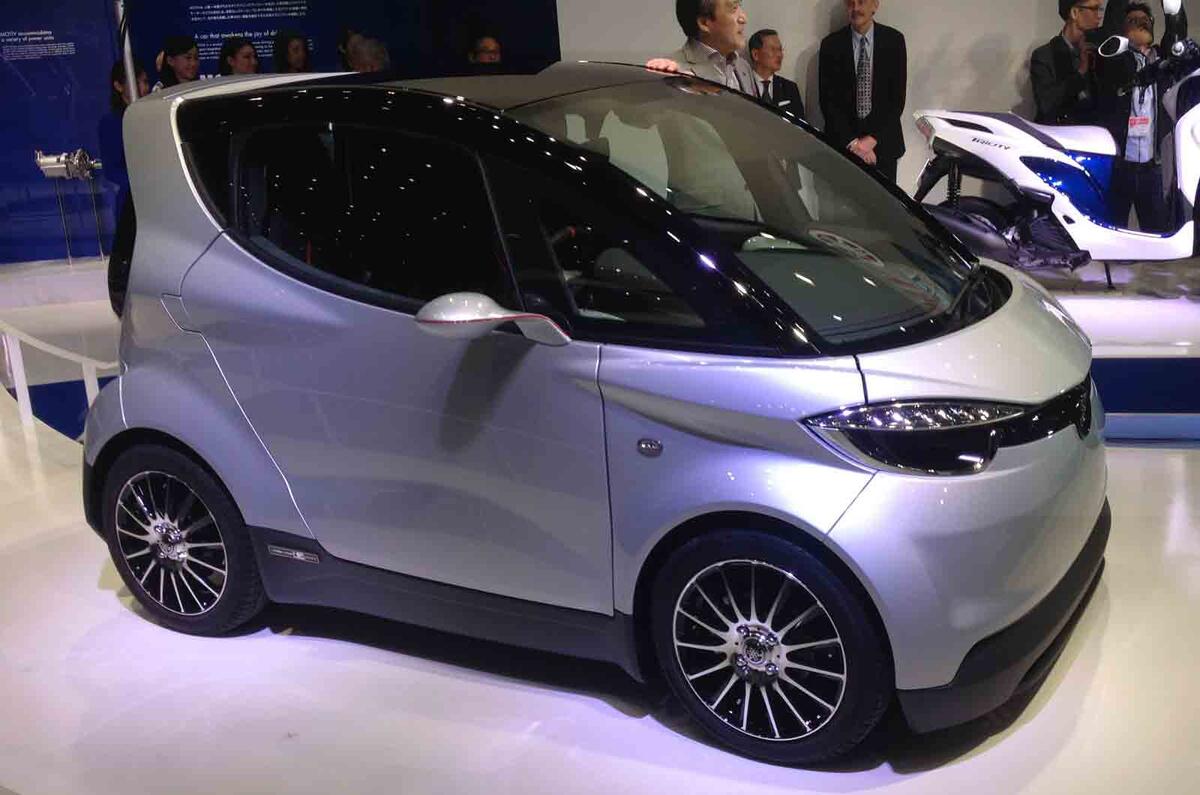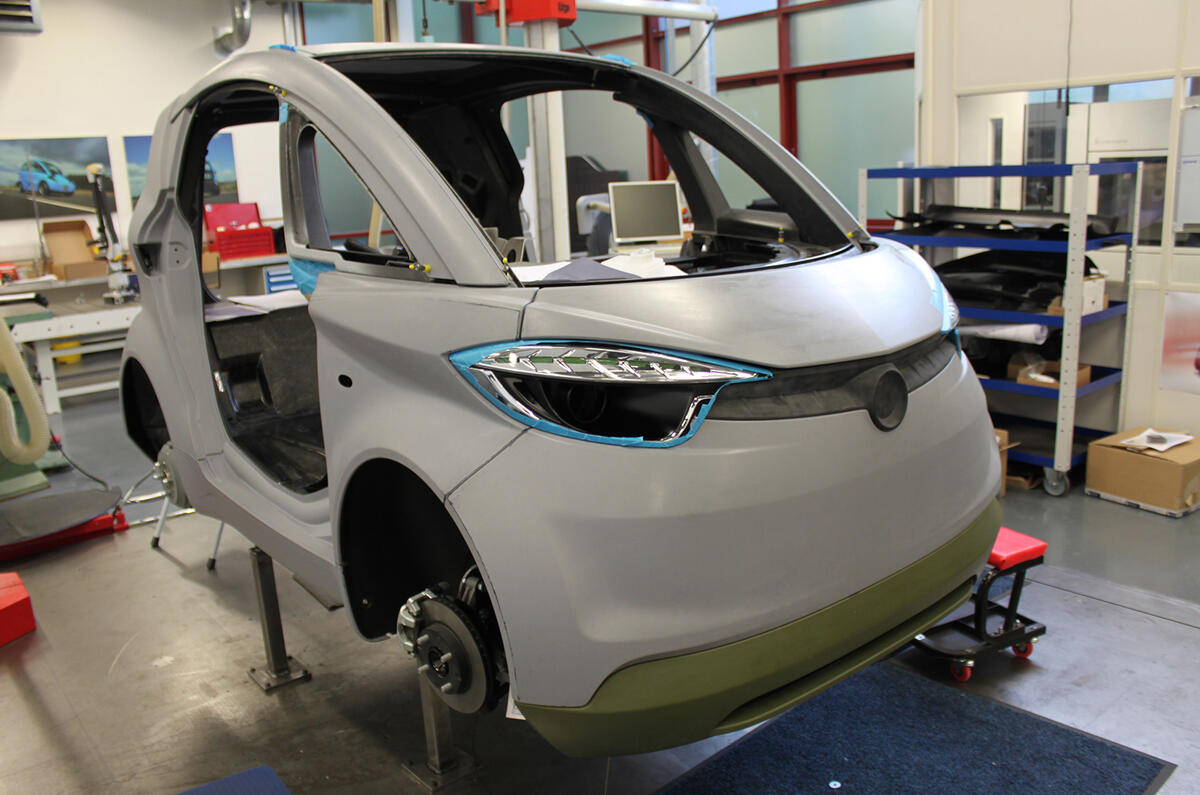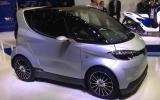The giant Japanese conglomerate, Yamaha, is today revealed as the world’s first major manufacturer to adopt the revolutionary iStream car creation process invented and developed over the past decade by Britain’s master designer and former F1 guru, Gordon Murray.
The fruit of the partnership is a lightweight two-seat city car called Yamaha Motiv, made in both petrol and electric versions and specifically engineered for Europe. If it reaches production, as seems likely, it will represent the first head-on challenge for the Mercedes-backed Smart micro-car in 12 years
Though Motiv is displayed in Tokyo this week as a concept, and still needs the approval of the main Yamaha board to proceed, the car has been fully engineered over the past 15 months for Murray’s patented iStream production process. Yamaha and Gordon Murray Designs discussed co-operating on a car project as long ago as 2008 but progress was interrupted by the recession. Talks resumed in 2011, and Yamaha and GMD have since worked side-by-side to develop the car.
Blog: Gordon's success and what it means
“Forming a partnership with Yamaha is a dream for us,” says Gordon Murray, who began his mission to change road car design and manufacture more than a decade ago. “Yamaha has completely embraced the principles of iStream, and could not be a more ideal partner. They have huge technical resources, but their team on this project has been tightly-knit, very skilled and very quick-acting.
Gordon Murray’s central theme with iStream has always been to free car production from the inflexibility and crippling investment costs of the traditional stamped-steel, spot-welded construction process adopted wholesale by mass manufacturers from the end of the 1940s, replacing it with a system that depends on structures whose relatively simple tubular steel frames (formed without the need for extensive stamping shops) have class-leading rigidity and crashworthiness provided by super-lightweight sheets of composite sandwich material bonded in to form the floor, firewall, bulkheads and roll-over structure. It is massively strong and durable, says Murray; F1 technology adapted to keep a lid on cost as well as weight.
The Yamaha Motiv, around 50mm narrower and 60mm lower than a Smart but almost identical in length at 2690mm, is about 100kg lighter. Its outer skin is formed in non load-bearing, impact-resistant plastic which can resist minor damage better than steel or aluminium, and is easily detached for crash repair. The ultra-modern styling owes nothing to the experimental Murray T-cars, though it is the combined work of a GMD-Yamaha design team.









































































Join the debate
Add your comment
Underwhelmed
The three seats were THE USP for both me and my wife and we were both signed-up to buy one each as soon as we could.
Hopefully the generally negative response to Murray and Yamaha's concept will force a rethink.
It would appear Toyota's iQ has little to worry about.
Awesome
Great News